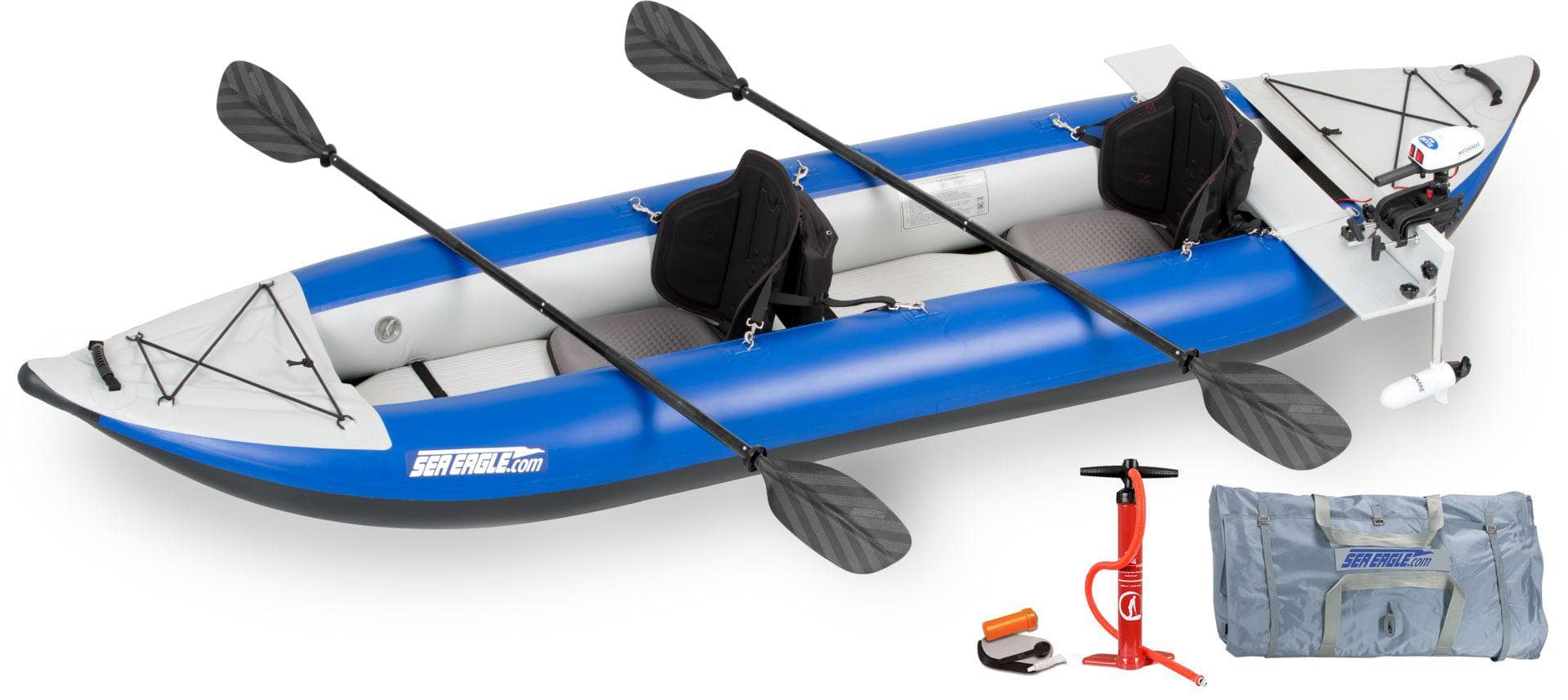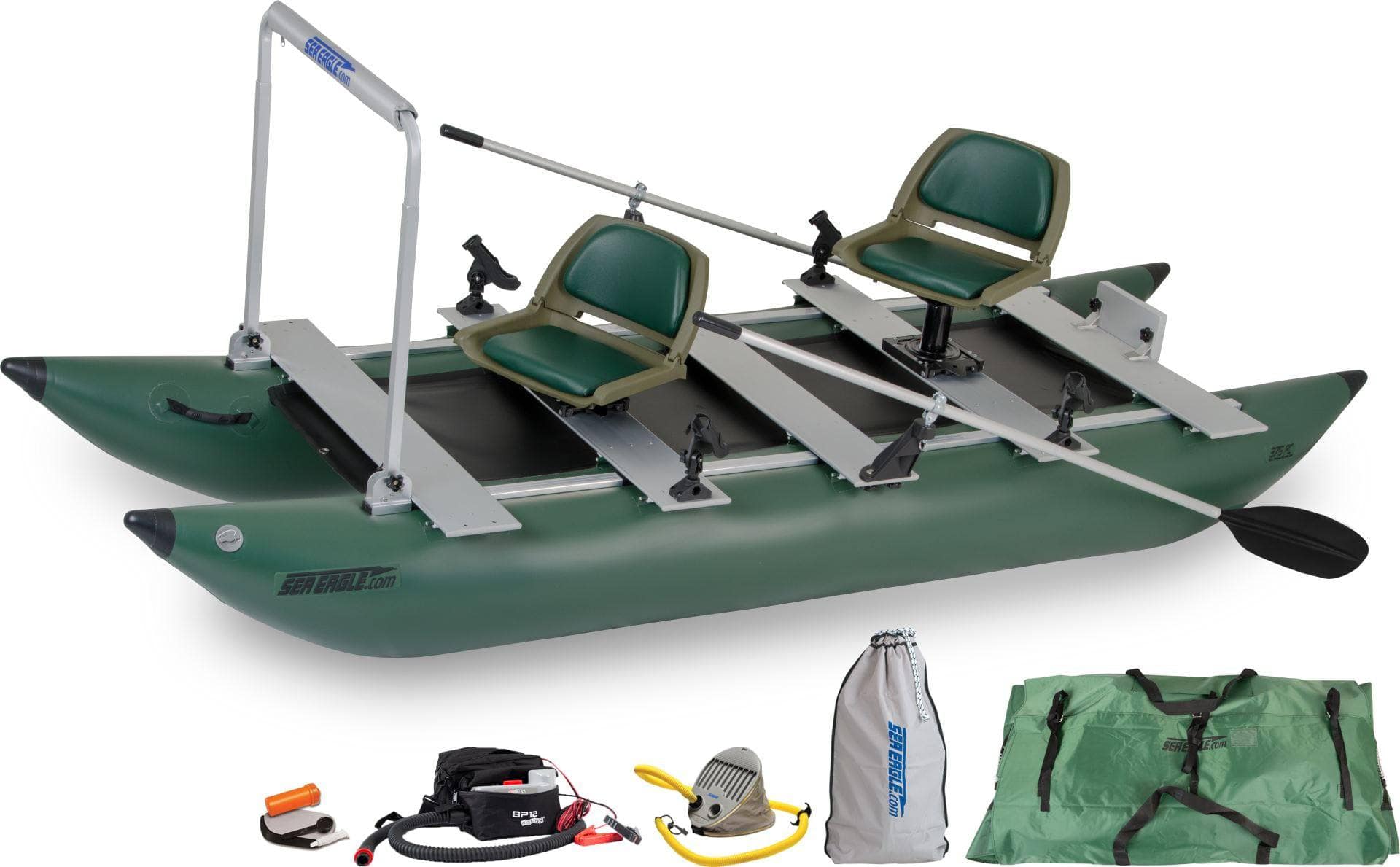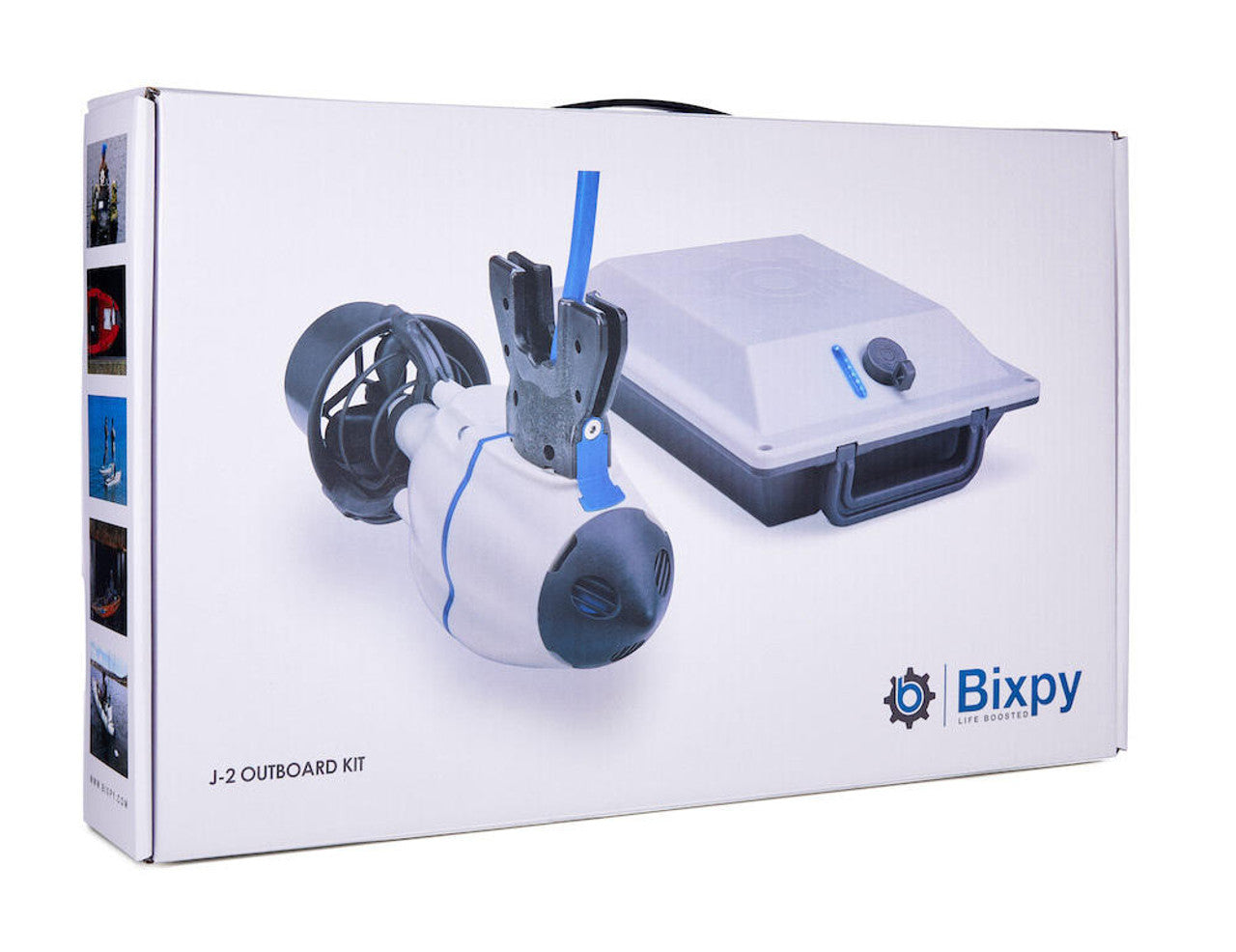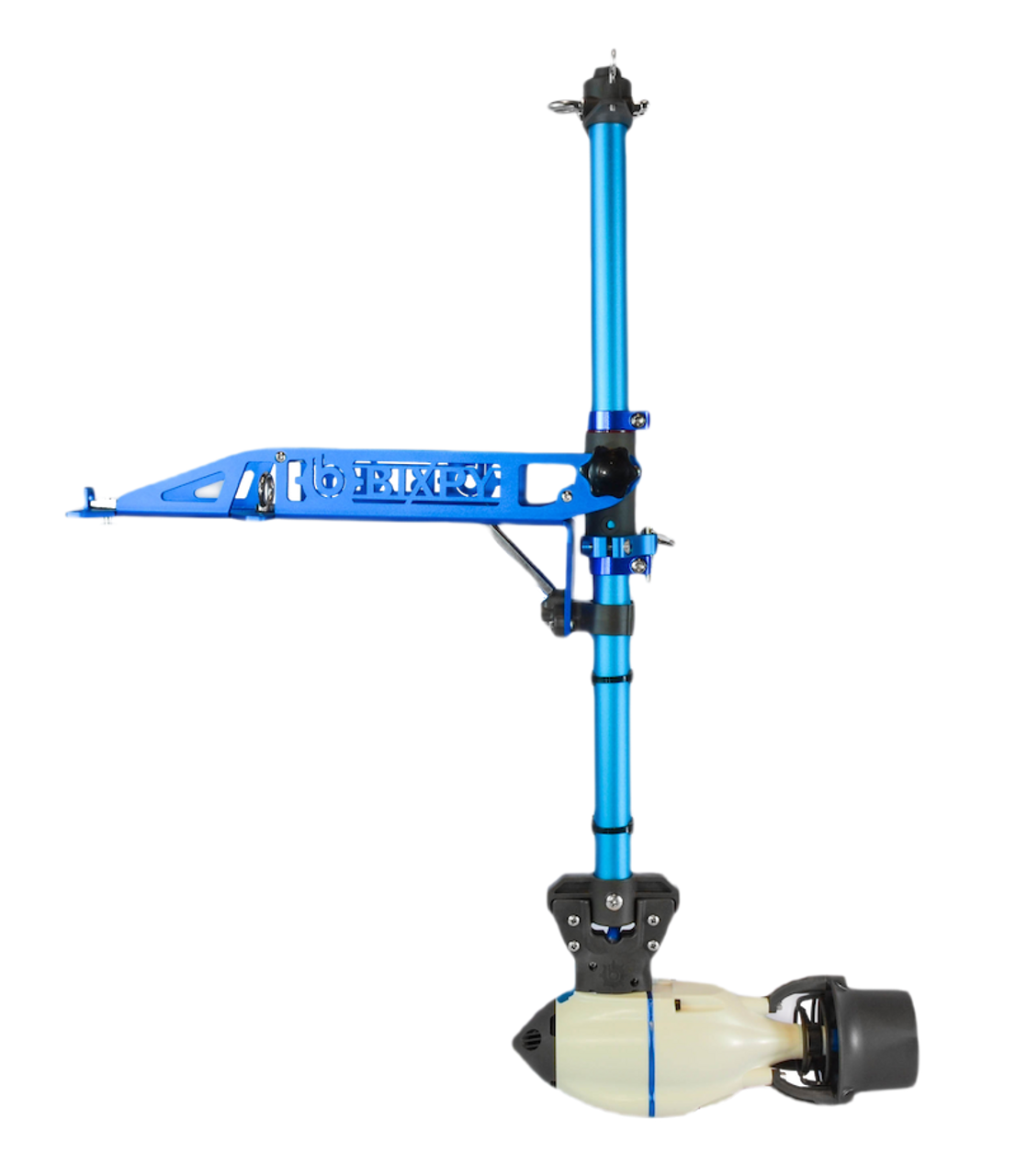For those not in the know, it might just seem like a slab of wet concrete leading into the water. But for fishing enthusiasts like me, it’s the gateway to a vast marine playground.
What is a Boat Ramp?
In its most basic definition, a boat ramp is a sloping surface that extends from the shore into the water, enabling boats to be easily launched or retrieved. Think of it as the driveway to Poseidon. But why, you might ask, is this seemingly simple construct so vital?
Why is it important for fishing?
Imagine you’ve just bought the fishing boat of your dreams. It’s sleek, spacious, and has a built-in cooler for your catch. But here’s the catch (pun intended): without a boat ramp, your shiny new vessel is essentially a very expensive lawn ornament. boat deployer are crucial for accessing prime fishing spots and navigating waterways. Moreover, they contribute significantly to the local economy by promoting recreational activities.
How to find boat launch ramps in your area
You can browse online, refer to an online boating map or guide or call your local parks and recreation department.
It is essential to think about the following elements:
-
Location: Think about the distance you're willing to drive to the boat ramp. or the location of the ramp in relation to the area that you would like to fish.
-
Amenities: Certain boat launch ramps offer amenities like restrooms, parking spaces, as well as clean-up stations for fish. If these facilities are important to you, be sure to choose them.
Types of boat ramps
Now that you're convinced of the importance of boat ramps, where does one find them? One might think, “Can’t be that hard, right?” Think again. There are various types of boat ramps, each with its unique set of pros and cons.
-
Public: Often free, but can be crowded on weekends. Beware of picnic-goers with barbeque grills!
-
Private: Exclusive and less crowded, but may come with membership fees or require knowing someone named “Skipper.” typically owned by private clubs, marinas, or individuals.
-
Pay-to-use: These offer a balance between public and private ramps. It's like a VIP pass to the water but for a fee, either for maintenance or as a business model.
Also Read: Canoe vs Kayak, WHICH IS BETTER?
Building Boat Ramps:
Creating a boat deployer isn't as simple as dumping concrete into the water. Different types of ramps cater to different needs:

-
Concrete ramps are the most durable and costly to construct, as their construction requires pouring concrete into a form and allowing it to cure for several days before removing from it.

-
Earthen ramps tend to be cheaper. When it rains, earthen ramps can quickly become slippery and difficult to use, typically constructed out of compacted soil or sand.

-
Floatable ramps come in various materials such as metal, plastic and wood and are usually attached to shore or the bottom of a pool for ease of use.

-
floating docks tend to be larger and more stable. Used both for launching and retrieving boats as well as docking them, floating docks typically consist of metal, plastic, or wood material construction and usually anchor directly onto shorelines.

-
Shore ramps may become more challenging in low water conditions as boats need to be pulled slowly into the water from a distance. Most shore ramps are constructed out of either portable steel structure or wood materials.

-
Launchways are quickly and effortlessly launch large boats, such as yachts and army ships. Their steep slope allows large vessels to be launched efficiently.

-
Personal watercraft ramps (PWRs) are designed for jet skis and wave runners, typically constructed out of wood or concrete and located in areas where PWRs are more commonly found, such as lakes or oceans.
Also Read: Sharing Some USA Outdoor Activities for Every Season
Design Considerations
But beyond the type, several factors play into the design of a launch, like its location, slope, and the materials used. The construction process involves excavation and concrete pouring. It’s a blend of art and science, much like making the perfect martini.
Building Process
Site Prep: Prepping the site requires clearing away debris and grading the land, then levelling and compacting.
Excavation work has been completed to reach the depth of the boat ramp.
Base Construction: When creating a boat ramp, an appropriate foundation layer must be built upon which to sit – often made up of crushed rock.
Maintenance and Repair
Like any infrastructure, Slipways require regular look and care. This includes routine inspections and timely repair of damaged components. After all, nobody wants to launch their boat off a ramp that looks like it’s been through a demolition derby.
Features: Not Just Slabs of Concrete
Boat ramps have evolved. Modern ramps offer features like varying widths, lengths, gradients, and accessibility options. Amenities such as parking, restrooms, and sometimes even snack bars can be found nearby. Luxury ramps, I dare say!
Safety First!
Navigating can be tricky. Before you venture out, always check the weather conditions. Tides and currents can significantly impact your launching or retrieval experience. And remember, there's no shame in using a spotter or asking for help. Overloading the ramp or not following regulations can lead to accidents, or worse, embarrassing YouTube videos.
Fishing Around Boat Ramps
Slipways are not just for launching; they're also prime fishing spots. Depending on the location, one can fish for bass, catfish, or even the elusive silver trout. Knowing when and where to fish, coupled with the right gear, can make your fishing trip memorable.
Navigating the Waters of Fishing Regulations
Before you cast your line, familiarize yourself with the local fishing regulations. This can include permits, fees, hours of operation, weight limits, and safety regulations. Trust me, the last thing you want is to be caught by the “fish police” for not having the right permit.
What to fish for at a boat ramp depends on the body of water in which you're fishing; common species caught around launch include bass, catfish, crappie, and sunfish.
Timing depends on the body of water you're fishing in; in general, however, morning or evening are ideal times for boat ramp fishing.
Boat deployer often make ideal places for fishing, usually near creek or river mouths or areas with submerged vegetation or structures like rocks or docks.
Fishing equipment will depend on what species of fish you're targeting; in general, though, you will require a rod, reel, line, hooks, and bait.
Fishing regulations vary by state or region, so be sure to research what the relevant regulations are in your state or region.
Conclusion.
Those underappreciated marvels of engineering serve as the bridge between land and water, between our everyday lives and the aquatic adventures that await. They’re more than just concrete and earth; they’re the starting point of countless stories, fishing tales, and memories. So, the next time you see a boat ramp, give it a nod of appreciation. It’s seen more than you can imagine.
Product Flashcards






